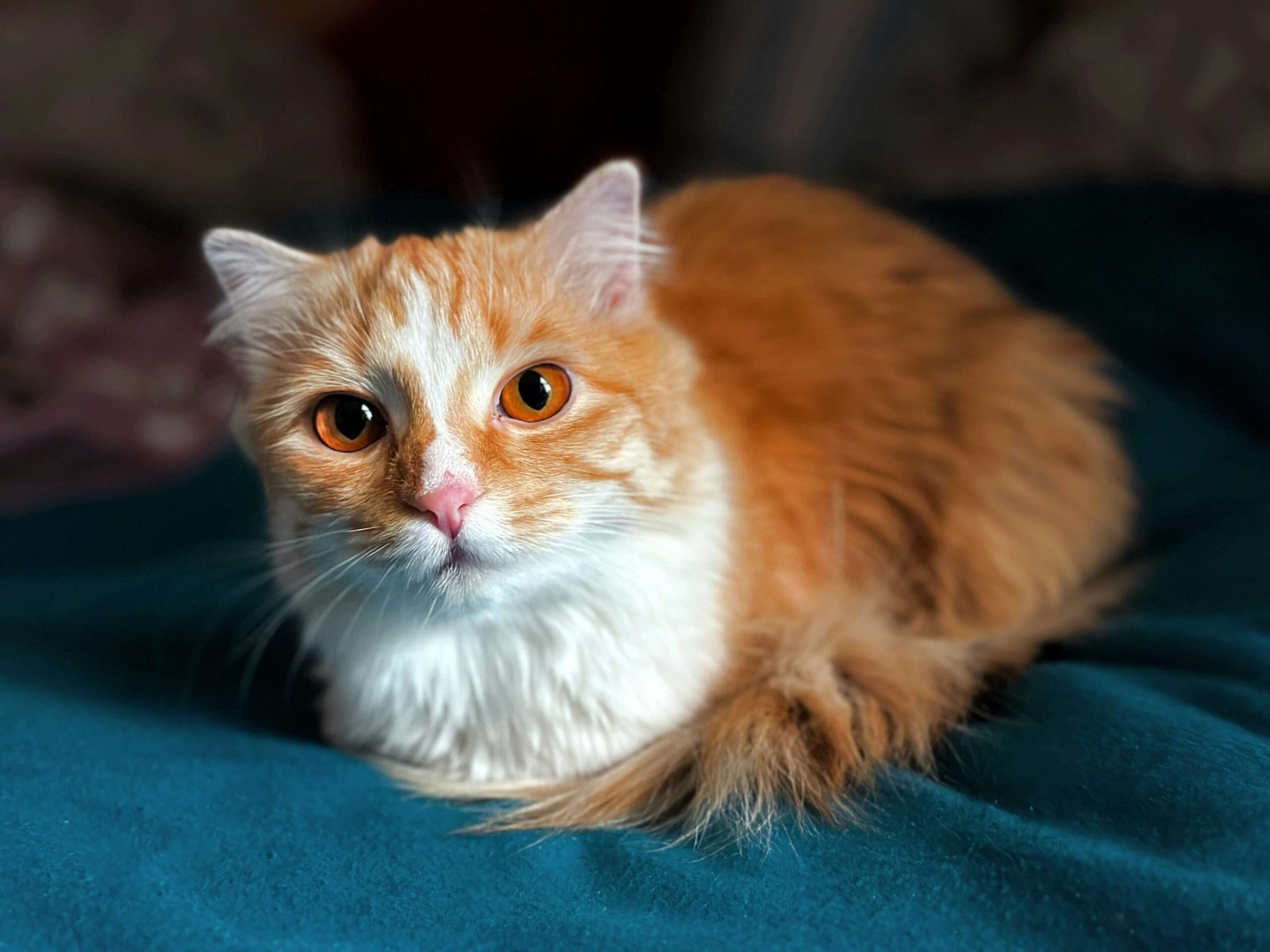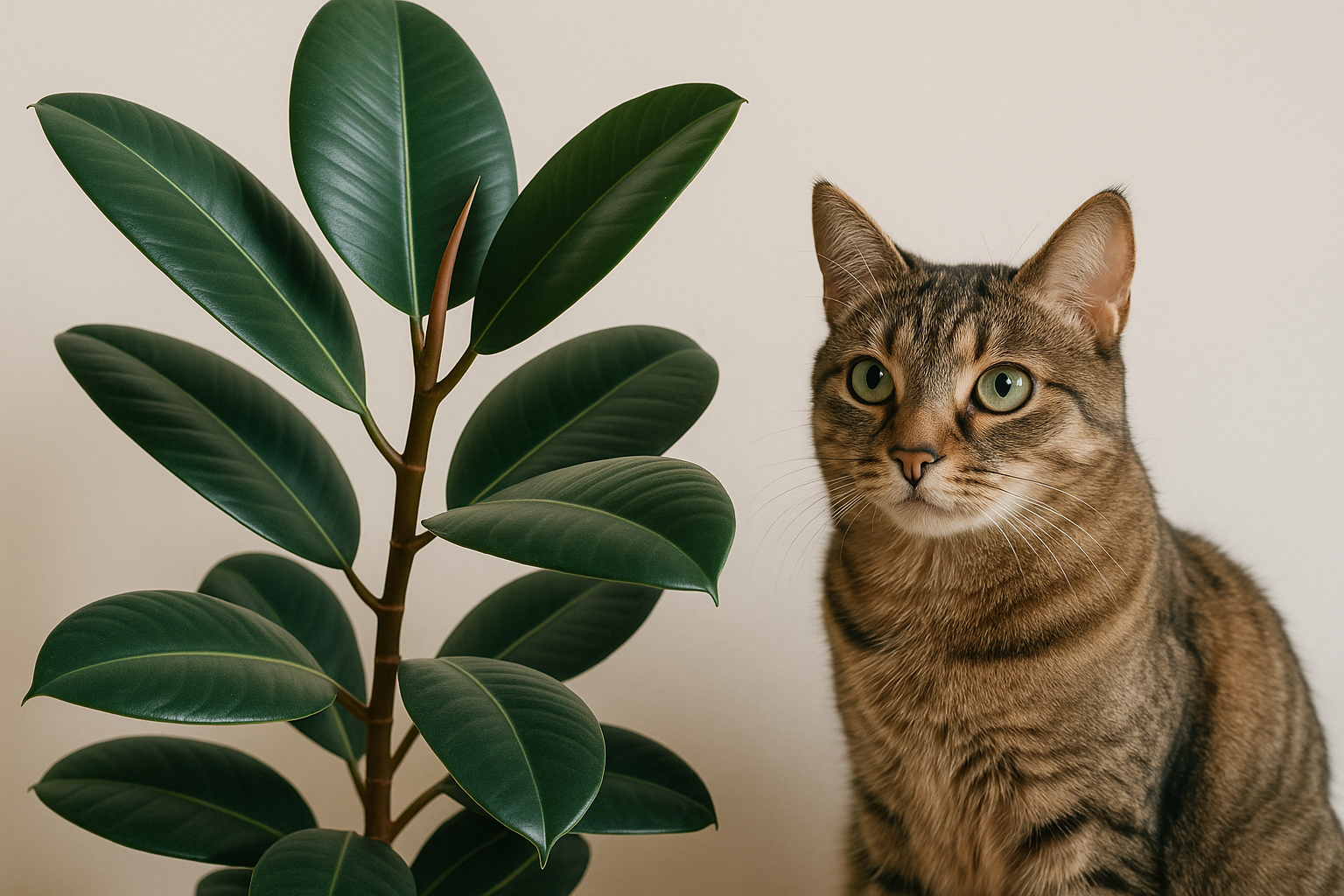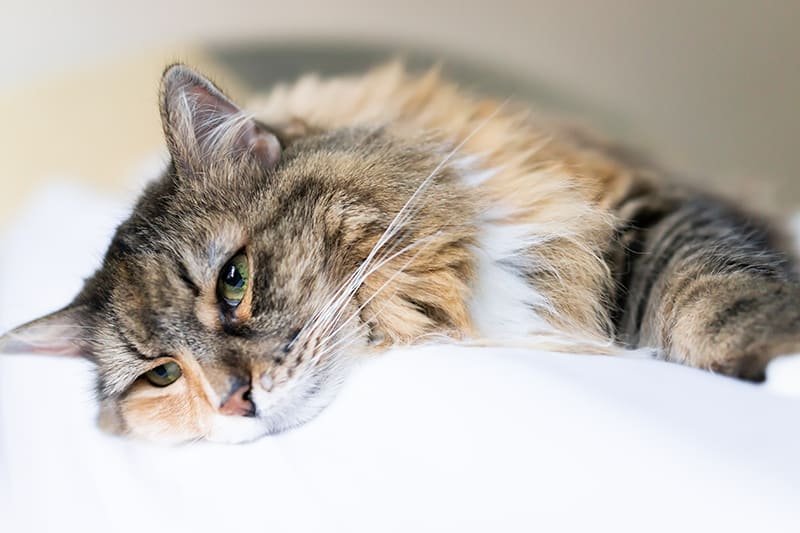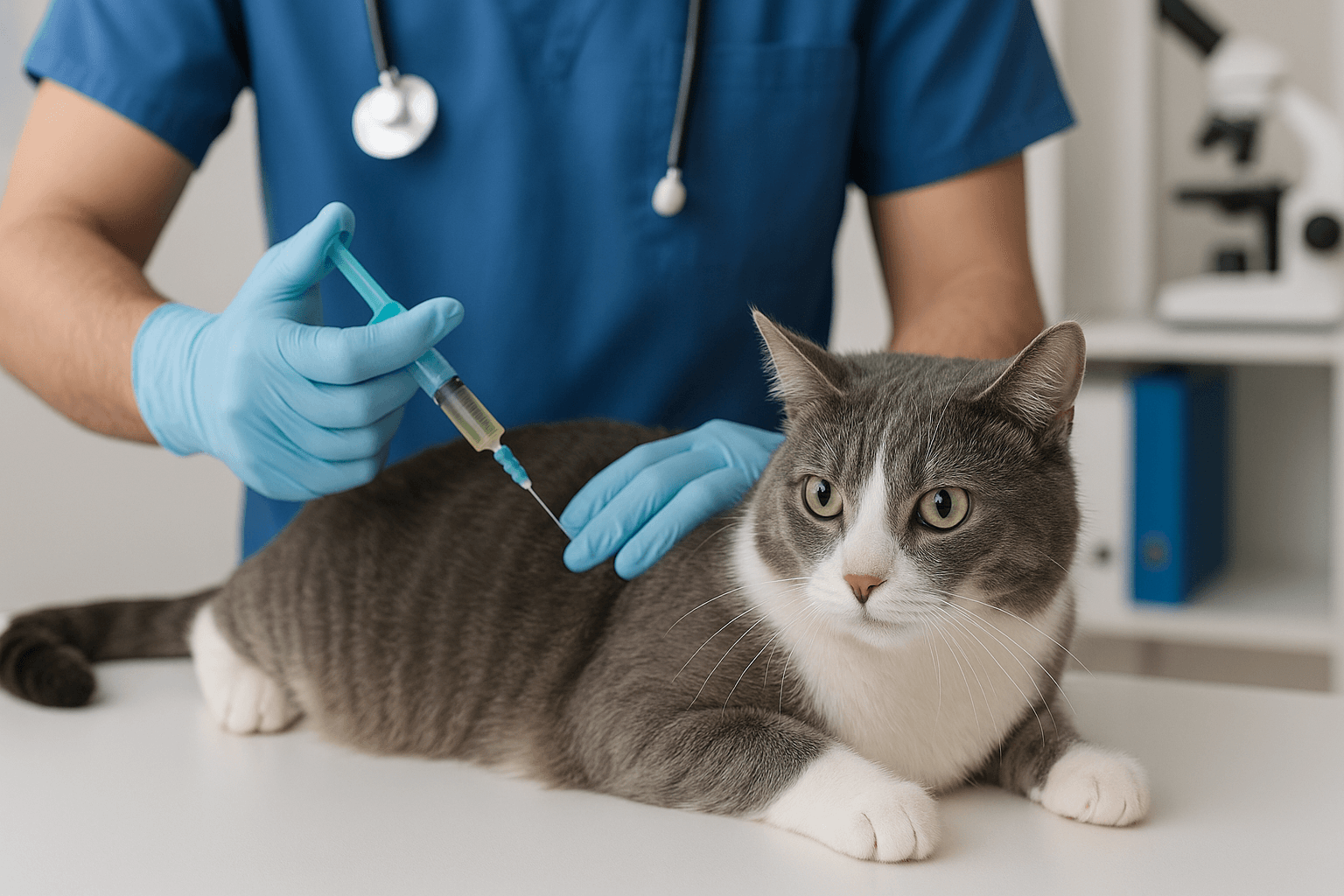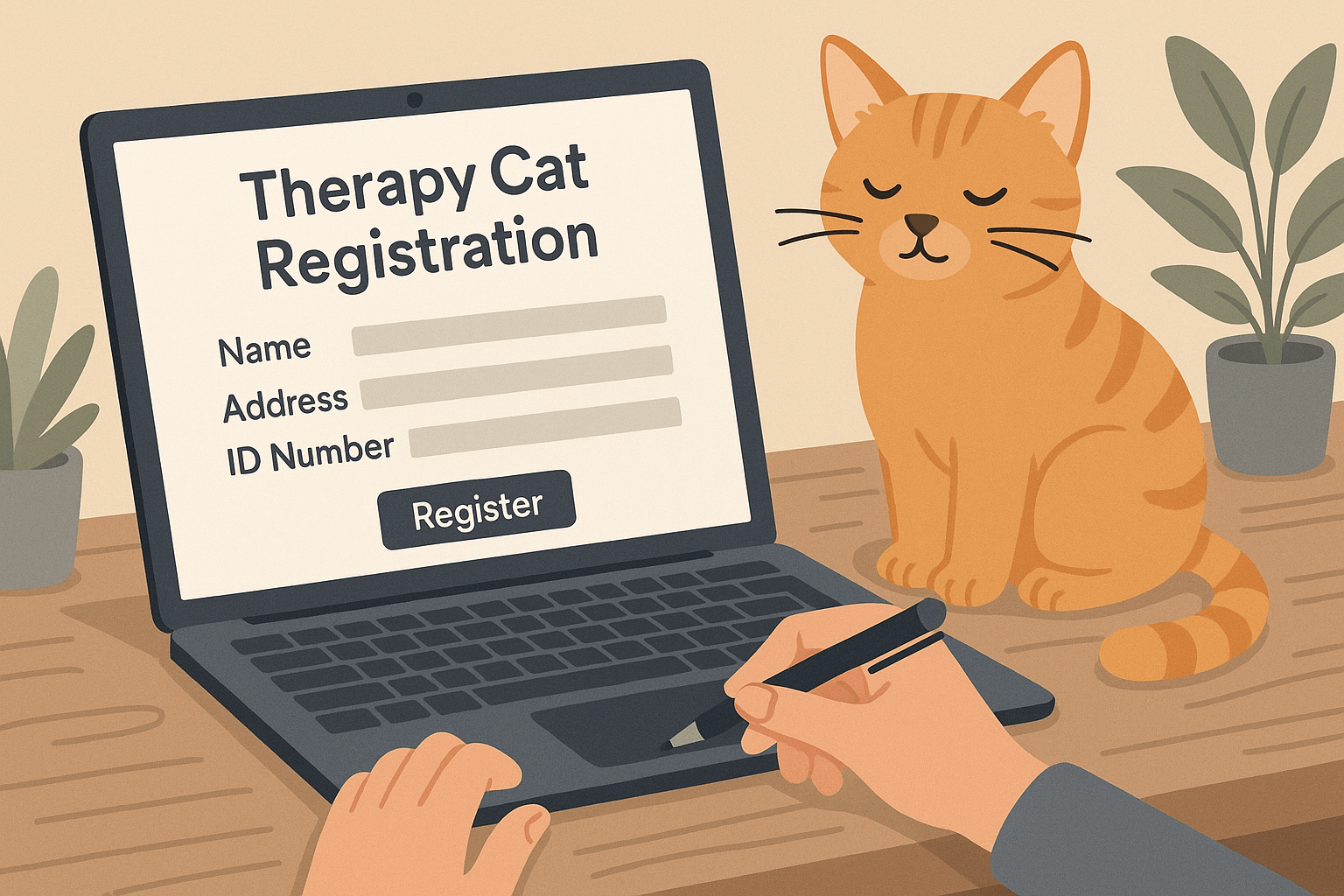Why Is My Cats Eye Red? A Guide to Understanding and Addressing the Issue
If you’ve noticed that your cat’s eye is red, it’s natural to feel concerned. Redness in a cat’s eye can stem from a variety of causes, ranging from mild irritation to more serious health conditions. While some cases may resolve on their own, others require prompt veterinary attention to prevent complications. As a loving pet owner, understanding the potential reasons behind this symptom is crucial for ensuring your feline friend stays healthy and comfortable. In this blog post, we’ll explore common causes, signs to watch for, and steps you can take to address redness in your cat’s eye. By the end, you’ll have the knowledge needed to act quickly and confidently if this issue arises.
Common Causes of Red Eyes in Cats
Redness in your cat’s eye can be alarming, but identifying the underlying cause is the first step toward addressing the issue. Here are some of the most common reasons why your cat’s eye might appear red:
Conjunctivitis (Pink Eye):
This inflammation of the eye’s lining often results from infections, allergies, or irritants like dust or smoke.Corneal Ulcers:
Scratches or injuries to the cornea can lead to redness, pain, and discharge.Foreign Objects:
Small particles like dirt, hair, or debris trapped in the eye can cause irritation and redness.Glaucoma:
Increased pressure within the eye can lead to redness, swelling, and even vision loss if left untreated.Uveitis:
This condition involves inflammation of the uveal tract and can result in redness, cloudiness, and sensitivity to light.
Understanding these potential causes will help you determine whether the issue requires immediate veterinary care or if it can be monitored at home.
Signs That Your Cat’s Red Eye Requires Immediate Attention
While some cases of red eyes in cats are minor, others can indicate serious health issues. Recognizing warning signs early can make a significant difference in your cat’s recovery. Here are symptoms that warrant a trip to the vet:
Excessive Tearing or Discharge:
Watery eyes or thick, yellow/green discharge may signal an infection or injury.Squinting or Keeping the Eye Closed:
If your cat avoids opening the affected eye, it could indicate pain or discomfort.Swelling Around the Eye:
Puffiness or inflammation around the eyelids may point to an infection or allergic reaction.Changes in Behavior:
Lethargy, hiding, or reluctance to eat can suggest your cat is experiencing significant discomfort.Cloudiness or Visible Injury:
A cloudy appearance or visible scratches on the eye surface are red flags that require urgent care.
If you notice any of these signs, don’t delay seeking professional advice. Early intervention can prevent complications and ensure your cat’s swift recovery.
Check this guide 👉Understanding Cat Eye Cancer: Best 7 Expert Tips!
Check this guide 👉Understanding Cat Eye Ulcers: Best 7 Health Tips!
Check this guide 👉Understanding Brown Cat Eye Discharge: Best 7 Health Tips!
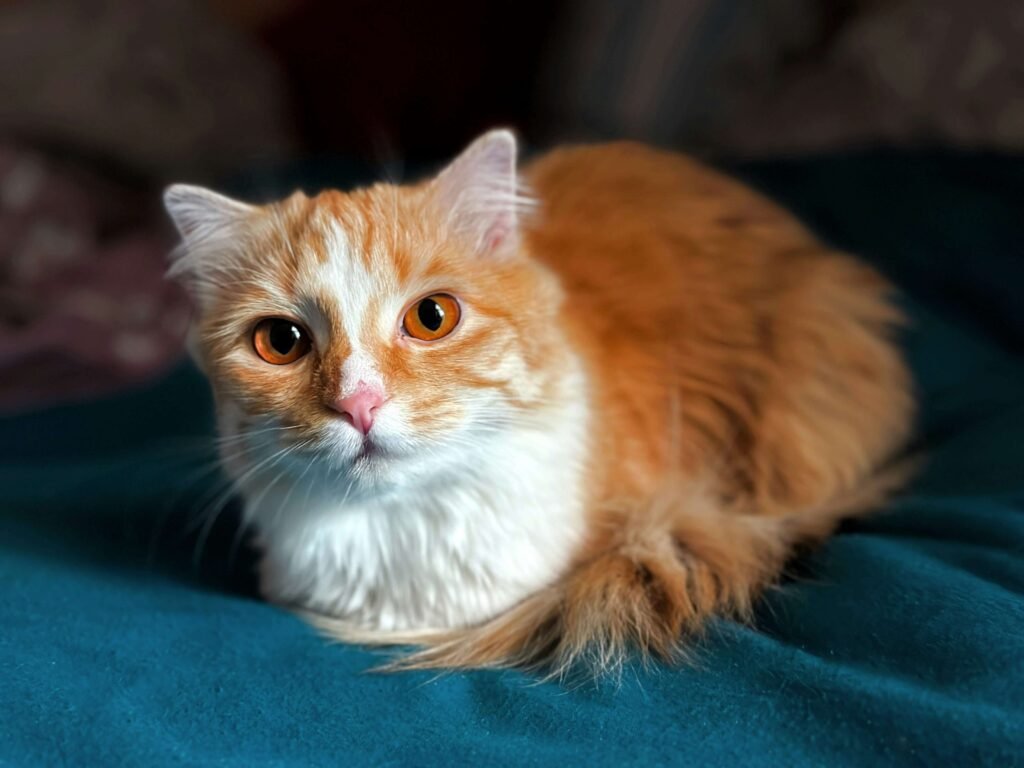
Symptom | Possible Cause |
|---|---|
Redness and swelling | Conjunctivitis or allergic reaction |
Excessive tearing | Foreign object or corneal ulcer |
Cloudy or discolored eye | Uveitis or glaucoma |
Squinting or closed eye | Pain from injury or infection |
Yellow/green discharge | Bacterial or viral infection |
Steps You Can Take to Help Your Cat at Home
Before rushing to the vet, there are a few steps you can take at home to assess and potentially alleviate your cat’s red eye. However, always consult a professional if symptoms persist or worsen.
Inspect the Eye Carefully:
Check for visible foreign objects or debris that may be causing irritation.Use a Warm Compress:
Gently apply a clean, damp cloth to the eye to soothe irritation and reduce swelling.Keep the Environment Clean:
Remove potential irritants like dust, smoke, or strong cleaning products from your home.Monitor Symptoms Closely:
Track changes in redness, discharge, or behavior over 24-48 hours to share with your vet.Avoid Self-Medicating:
Never apply human eye drops or medications without veterinary guidance, as they can worsen the condition.
Taking these steps can provide temporary relief while you decide whether further action is necessary.
Preventive Measures to Keep Your Cat’s Eyes Healthy
Prevention is always better than cure, especially when it comes to your cat’s eye health. By taking proactive steps, you can minimize the risk of redness and other eye-related issues.
Schedule Regular Vet Checkups:
Routine examinations can catch potential problems before they escalate.Maintain a Clean Living Space:
Regularly clean your home to reduce dust, allergens, and other irritants.Trim Facial Hair:
Long-haired cats may benefit from trimming hair around their eyes to prevent irritation.Provide a Balanced Diet:
Proper nutrition supports overall health, including eye function and immune response.Supervise Playtime:
Prevent rough play or exposure to sharp objects that could injure your cat’s eyes.
By incorporating these habits into your routine, you can help ensure your cat enjoys optimal eye health for years to come.
Additional Tips for Recognizing Eye Problems Early
Catching eye issues early can make a significant difference in your cat’s recovery. By staying observant and proactive, you can identify potential problems before they escalate. Here are some tips to help you stay ahead:
Perform Weekly Eye Checks:
Take a few moments each week to examine your cat’s eyes for redness, discharge, or cloudiness.Look for Behavioral Changes:
Pay attention to signs like excessive blinking, pawing at the eye, or avoiding bright light.Keep a Health Journal:
Document any changes in your cat’s appearance or behavior to share with your vet during checkups.
Being proactive about monitoring your cat’s eye health allows you to address minor issues before they become serious, ensuring your furry friend stays comfortable and happy.
Common Misconceptions About Red Eyes in Cats
There are several myths surrounding red eyes in cats that can lead to confusion or delayed treatment. Understanding the truth behind these misconceptions is essential for proper care.
“Red eyes always mean an infection.”
While infections are common, redness can also result from injuries, allergies, or other conditions.“It will go away on its own.”
Some cases resolve naturally, but persistent redness often requires veterinary intervention.“Human eye drops are safe for cats.””
Many human medications can harm cats, so always consult a vet before using any product.“Indoor cats don’t get eye problems.”
Even indoor cats can experience eye irritation from allergens, dust, or accidental injuries.“Red eyes aren’t urgent.””
In some cases, redness can indicate a serious condition that needs immediate attention.
By dispelling these myths, you’ll be better equipped to make informed decisions about your cat’s eye health.
Ways to Support Your Cat During Recovery
If your cat is recovering from an eye issue, providing the right care and environment can speed up healing and reduce discomfort. Here are some ways to support your feline friend during this time:
Create a Calm Environment:
Minimize stress by keeping your cat in a quiet, low-traffic area of the house.Limit Physical Activity:
Discourage jumping or rough play to prevent further strain on the eye.Administer Medications as Directed:
Follow your vet’s instructions carefully to ensure proper treatment and avoid complications.Offer Comfort Items:
Provide soft bedding and familiar toys to help your cat feel secure and relaxed.Monitor Progress Daily:
Keep track of improvements or setbacks to report to your vet during follow-up visits.
By creating a supportive and nurturing environment, you’ll help your cat recover faster and reduce the risk of future eye problems.
Frequently Asked Questions About Red Eyes in Cats
What should I do if my cat’s eye is red?
Monitor symptoms closely and consult a vet if redness persists or worsens.
Can allergies cause red eyes in cats?
Yes, allergies to pollen, dust, or food can lead to eye redness and irritation.
Is it safe to use saline solution on my cat’s eye?
Saline can be used to flush out debris, but avoid overuse and consult your vet first.
How long does it take for a cat’s red eye to heal?
Mild cases may resolve within a few days, but persistent redness requires veterinary attention.
Can stress cause red eyes in cats?
Stress itself doesn’t directly cause red eyes, but it can weaken the immune system, making cats more prone to infections.
Final Thoughts: Prioritizing Your Cat’s Eye Health
Redness in your cat’s eye can be unsettling, but with the right knowledge and approach, you can address the issue effectively. Whether it’s caused by a minor irritation or a more serious condition, staying vigilant and seeking professional advice when needed is key to ensuring your cat’s well-being. By following the tips and preventive measures outlined in this guide, you’ll be better equipped to protect your feline companion’s precious eyesight. Remember, your cat depends on you to keep them safe and healthy—so trust your instincts and act promptly if something seems off. After all, their comfort and happiness are worth every effort!
Is the Rubber Tree Cat Safe? Best 7 Expert Tips! Discover expert advice on keeping rubber plants safely in cat-friendly homes and learn top tips for pet-safe plant care.
Low Red Blood Cell Count in Cats: Best 7 Expert Tips! Discover causes, symptoms, and treatment options for feline anemia. Learn how to support your cat’s health effectively with expert advice.
Understanding Megacolon Treatment: Best 7 Expert Tips! Discover effective strategies to manage feline megacolon, from dietary changes to surgical options, ensuring your cat’s comfort and long-term health.
How to Register a Therapy Cat: Best 7 Expert Tips! Discover essential steps to certify your cat as a therapy animal, prepare them for training, and make a meaningful impact in therapeutic settings.

